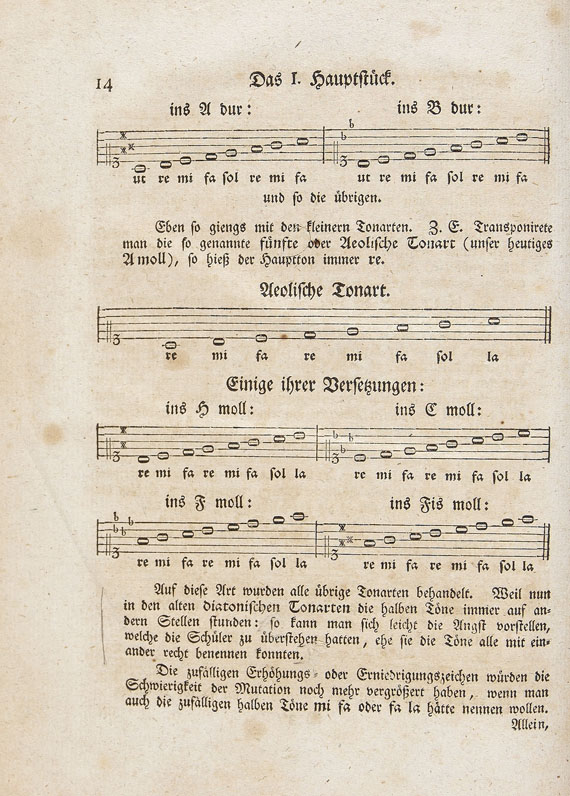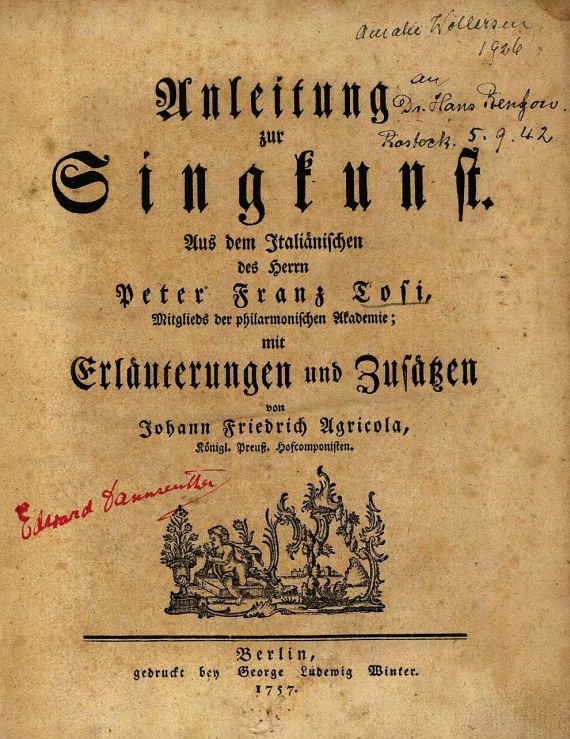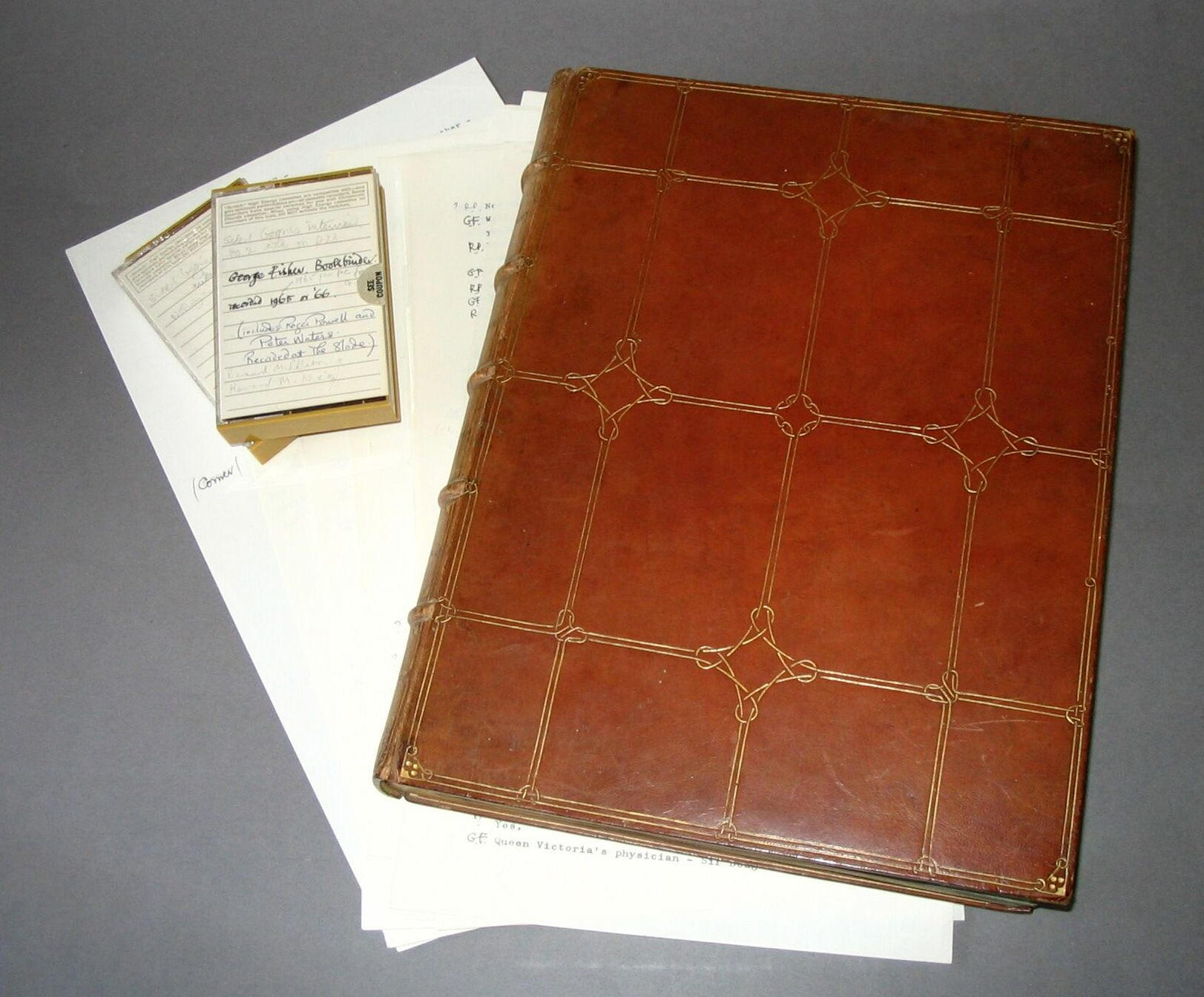ALS, 4pp. (7.5 x 12.25 in.) Logansport, Cass C[ount]y / Indiana Sept 21st 1838. Signed Geo. Winter. To E.R. Campbell, Hamilton, Ohio. "About matters and things &c." George Winter (1809-1876) was born in Portsea England, the youngest of 12 children. Even in this small-ish town there was art to be seen and copied, as young George was finding his talents. Unable to afford formal training, he moved to London in 1826 and spent much time visiting galleries, museums, academies, etc., copying paintings and talking to artists, art dealers, conservators, and others in the art world. Besides encouragement and artistic advice, these guys even offered advice on coping with the hardships of being an artist. In 1830, about the time he decided to get admission to the Royal Academy, his brother, with whom he was staying in London, decided to emigrate to North America, and George went with him. Winter began to work his way into the New York art scene in the autumn of 1830. In the new year, he enrolled in the National Academy of Design, founded by Samuel F.B. Morse and associates. He was enrolled there for at least part of three years. Not much else is known of his time in New York other than sporadic exhibitions. In 1835 the family (mother, father, sister and one brother) moved to Cincinnati, Ohio and George opened a studio. Two years later he moved north a few miles to Middletown, Ohio, planning to return to New York. While there, he heard about the impending removal of the Potawatomi Indians to reservations in Kansas (Indian Territory), and decided to visit Logansport "for the purpose (before I should return East) of seeing and learning something of the Indians and exercising the pencil in this direction." This was at a time when the American public perception was shifting from the "Woodlands" stereotype of James Fenimore Cooper to that of the Plains Indian. Karl Bodmer George Catlin and others had not yet published their studies (both descriptive and visual) of the "Vanishing Races." At Logansport Winter attended the hearings in which Indian claims were being considered. He was learning of the complex relationships the Potawatomie had with their white neighbors. Per the Indian Removal Act of 1830, most people wanted them moved West of the Mississippi soon, but others, mostly those who benefited from, or tricked the Indians out of, the Indian annuity payments, were not in favor of emigration. He also set up a studio in the adjacent building and made portraits of Indians and white men, alike. The Potawatomis came to trust him (slowly), and Winter was able to observe the camp as well as the hearings. A few weeks later he made another expedition to a camp outside of the area. He appears to have supplemented his painting with a series of newspaper articles on local history and the Indians. He eventually abandoned his plans to return to New York. Winter played a role in the investigation of the monster of Lake Man-i-tou (now Devil's Lake). This comprises "Chapter 1" of his letter. "As the Devil is a business fellow, and a gentleman, I have given him precedence. The tail of the Devils' Lake, has had a wide dissemination as you are doubtless aware, and as so much has been said about the northern monster, the Author (your very humble sevt.) can but feel somewhat flattered. Among those who have speculated upon the probability of Min-i-too's existence is the Editor of the N.Y. Mirror, who is waiting for time...to make an effort to capture the Leviathan of the mysterious depths of those interesting waters....In sober earnestness, I assure you, that the statements that have gone abroad about Man-i-too lake are not the fabrication of a fanciful imagination on the part of the writer. Nor do I believe that those who have declared that they have recently seen the monster, have been deceiving the public, though the length and breadth of the mysterious creature may be exaggerated.... It has been contended by some that there is no Indian tradition associated w
ALS, 4pp. (7.5 x 12.25 in.) Logansport, Cass C[ount]y / Indiana Sept 21st 1838. Signed Geo. Winter. To E.R. Campbell, Hamilton, Ohio. "About matters and things &c." George Winter (1809-1876) was born in Portsea England, the youngest of 12 children. Even in this small-ish town there was art to be seen and copied, as young George was finding his talents. Unable to afford formal training, he moved to London in 1826 and spent much time visiting galleries, museums, academies, etc., copying paintings and talking to artists, art dealers, conservators, and others in the art world. Besides encouragement and artistic advice, these guys even offered advice on coping with the hardships of being an artist. In 1830, about the time he decided to get admission to the Royal Academy, his brother, with whom he was staying in London, decided to emigrate to North America, and George went with him. Winter began to work his way into the New York art scene in the autumn of 1830. In the new year, he enrolled in the National Academy of Design, founded by Samuel F.B. Morse and associates. He was enrolled there for at least part of three years. Not much else is known of his time in New York other than sporadic exhibitions. In 1835 the family (mother, father, sister and one brother) moved to Cincinnati, Ohio and George opened a studio. Two years later he moved north a few miles to Middletown, Ohio, planning to return to New York. While there, he heard about the impending removal of the Potawatomi Indians to reservations in Kansas (Indian Territory), and decided to visit Logansport "for the purpose (before I should return East) of seeing and learning something of the Indians and exercising the pencil in this direction." This was at a time when the American public perception was shifting from the "Woodlands" stereotype of James Fenimore Cooper to that of the Plains Indian. Karl Bodmer George Catlin and others had not yet published their studies (both descriptive and visual) of the "Vanishing Races." At Logansport Winter attended the hearings in which Indian claims were being considered. He was learning of the complex relationships the Potawatomie had with their white neighbors. Per the Indian Removal Act of 1830, most people wanted them moved West of the Mississippi soon, but others, mostly those who benefited from, or tricked the Indians out of, the Indian annuity payments, were not in favor of emigration. He also set up a studio in the adjacent building and made portraits of Indians and white men, alike. The Potawatomis came to trust him (slowly), and Winter was able to observe the camp as well as the hearings. A few weeks later he made another expedition to a camp outside of the area. He appears to have supplemented his painting with a series of newspaper articles on local history and the Indians. He eventually abandoned his plans to return to New York. Winter played a role in the investigation of the monster of Lake Man-i-tou (now Devil's Lake). This comprises "Chapter 1" of his letter. "As the Devil is a business fellow, and a gentleman, I have given him precedence. The tail of the Devils' Lake, has had a wide dissemination as you are doubtless aware, and as so much has been said about the northern monster, the Author (your very humble sevt.) can but feel somewhat flattered. Among those who have speculated upon the probability of Min-i-too's existence is the Editor of the N.Y. Mirror, who is waiting for time...to make an effort to capture the Leviathan of the mysterious depths of those interesting waters....In sober earnestness, I assure you, that the statements that have gone abroad about Man-i-too lake are not the fabrication of a fanciful imagination on the part of the writer. Nor do I believe that those who have declared that they have recently seen the monster, have been deceiving the public, though the length and breadth of the mysterious creature may be exaggerated.... It has been contended by some that there is no Indian tradition associated w














Try LotSearch and its premium features for 7 days - without any costs!
Be notified automatically about new items in upcoming auctions.
Create an alert